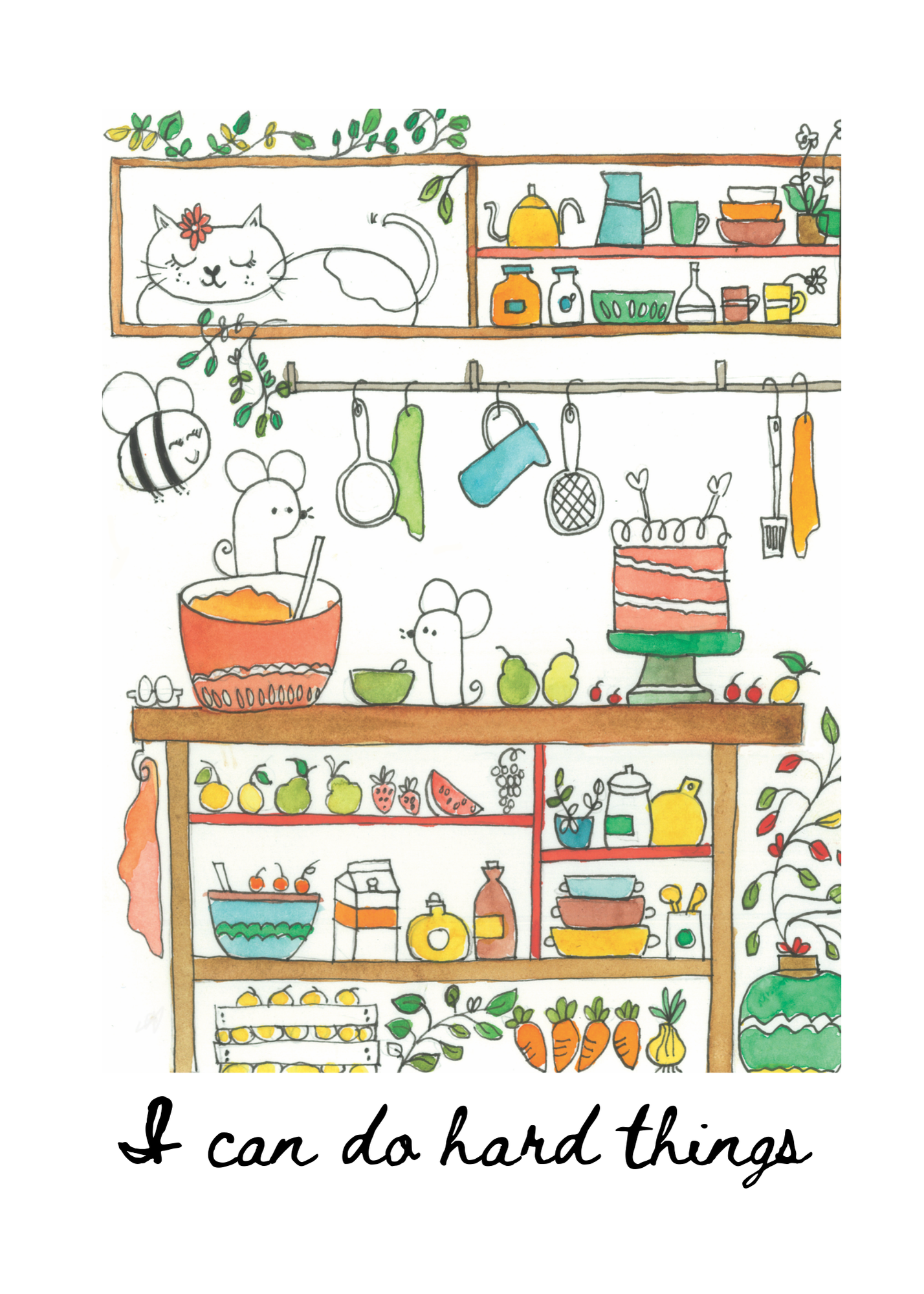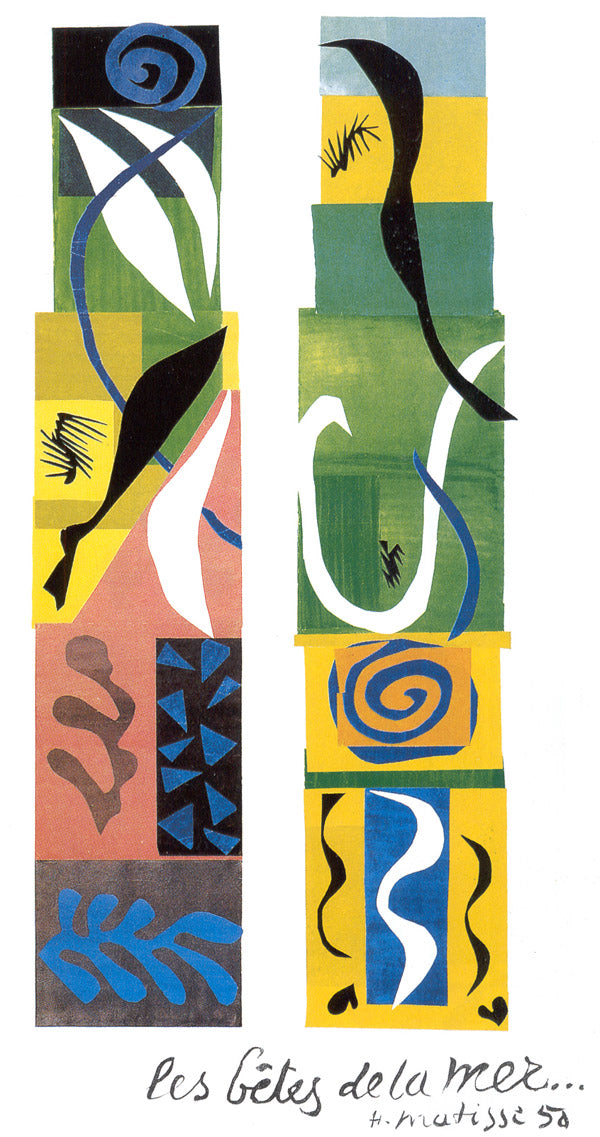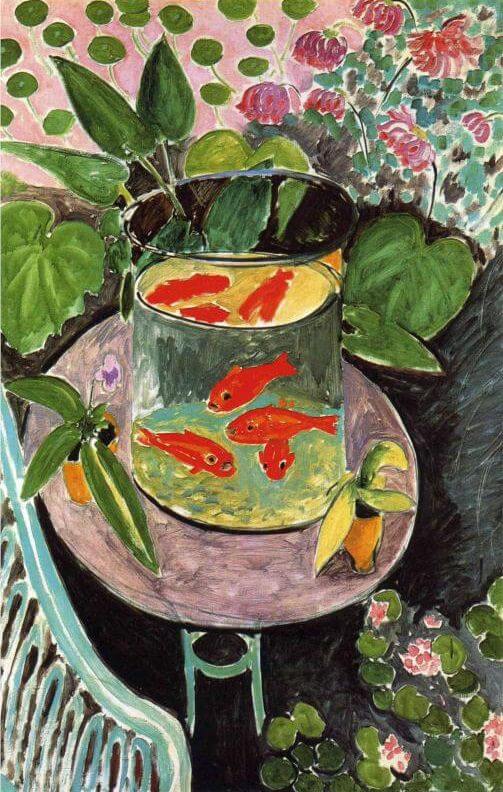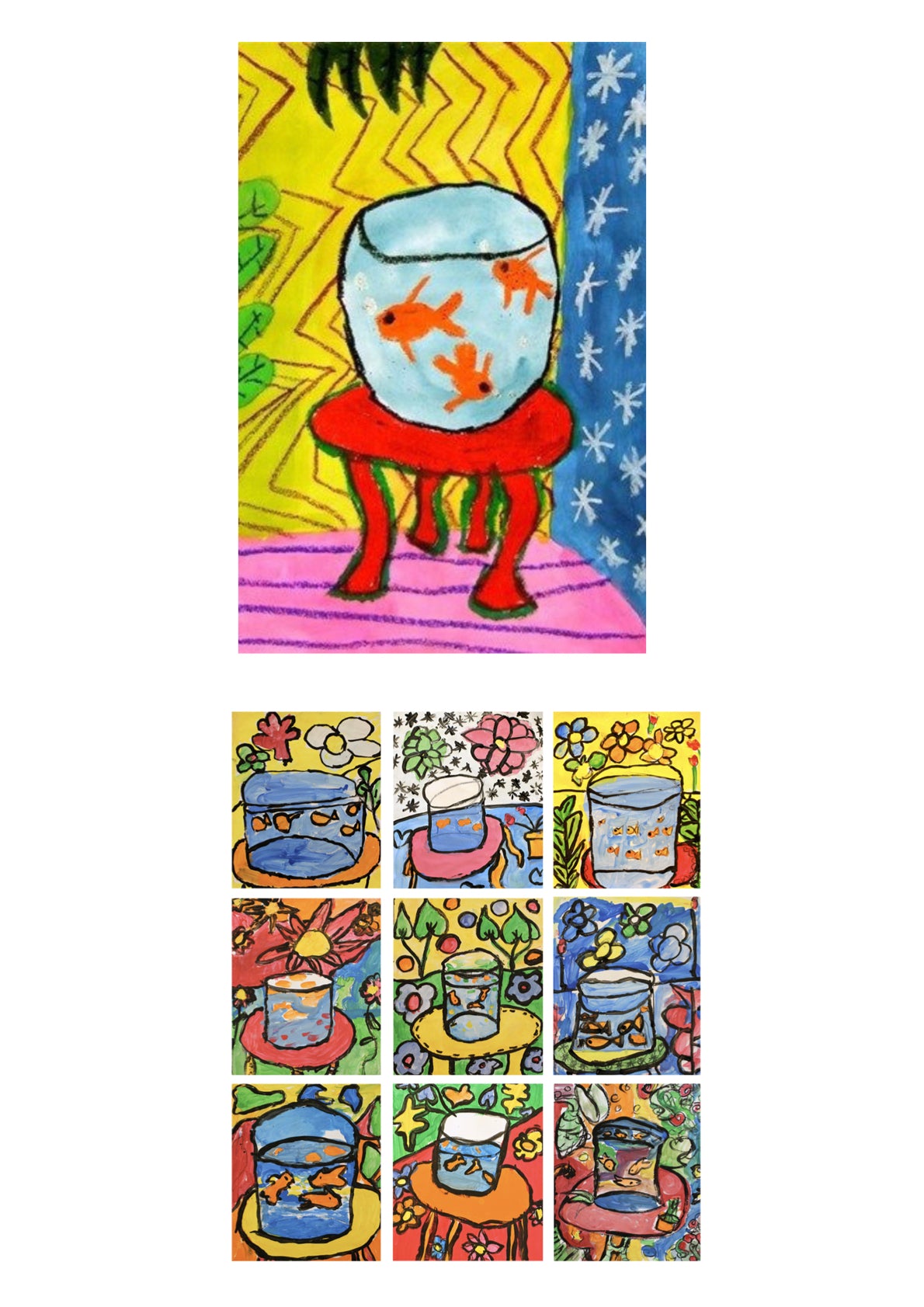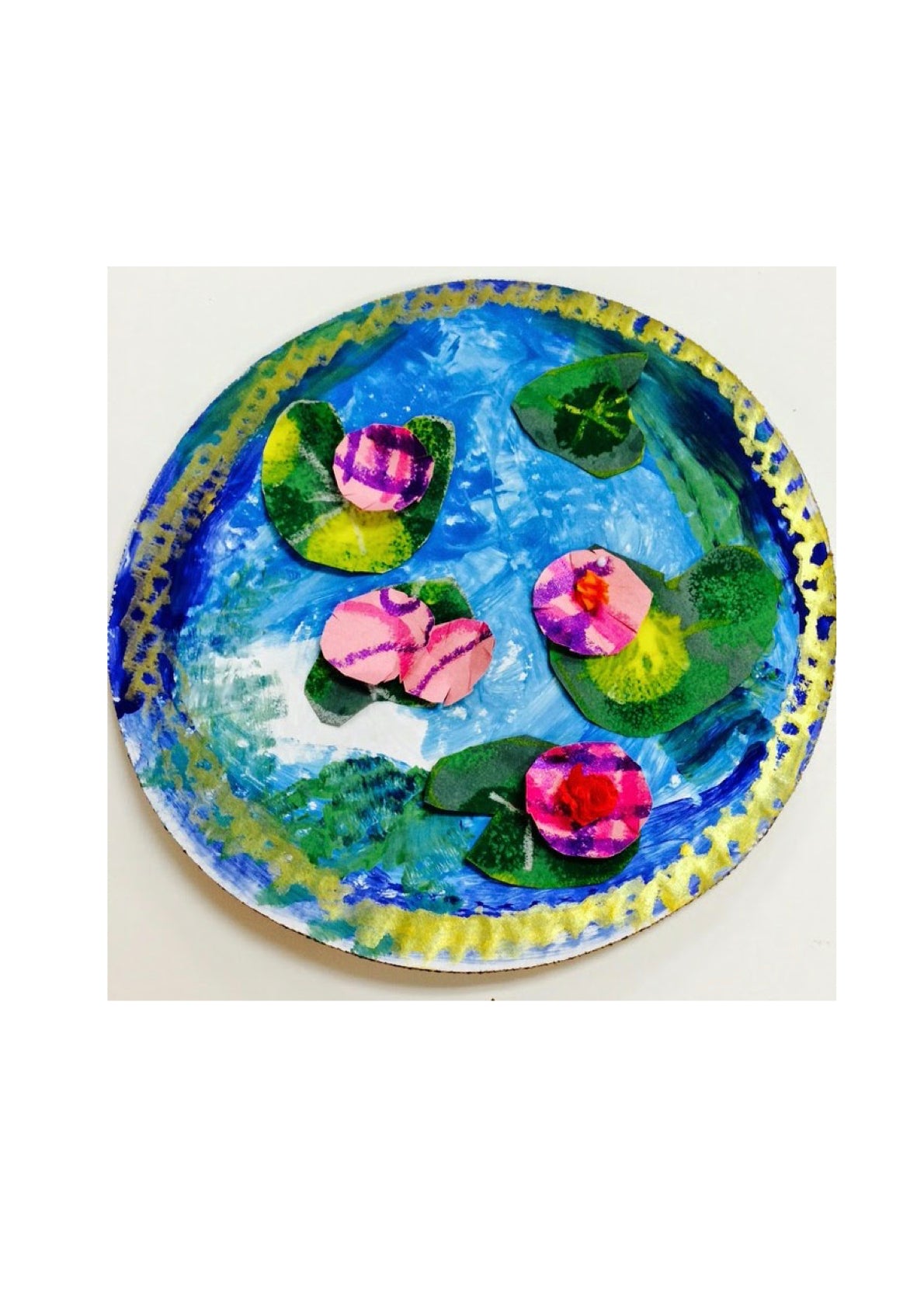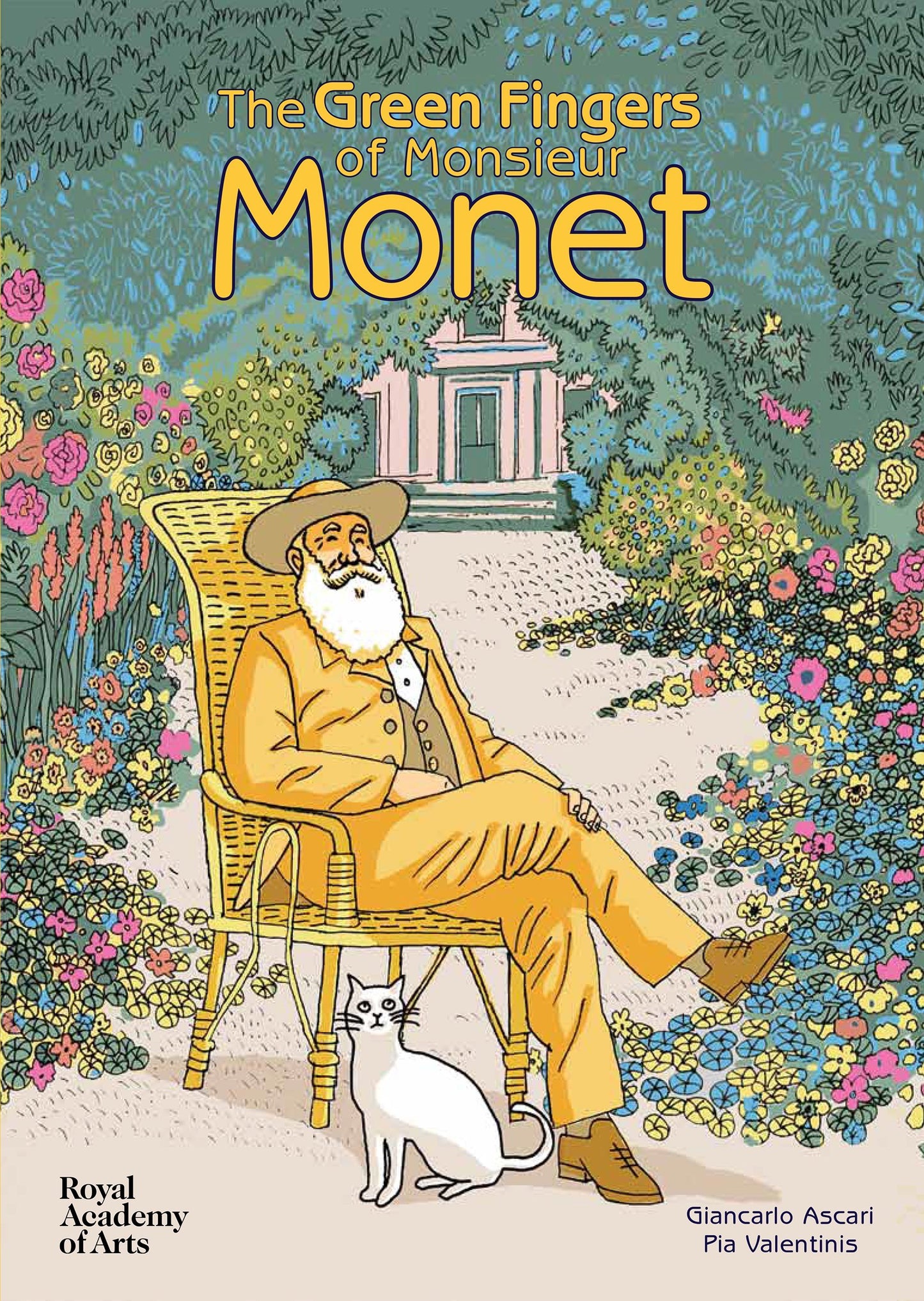PRINCE GALLERY
Winter School Holiday Program - Age 6~15 (Full Day, 9am~3pm)
Winter School Holiday Program - Age 6~15 (Full Day, 9am~3pm)
Couldn't load pickup availability
--Program to be updated, below is Autumn one----
As the Autumn school holidays approach, we are thrilled to announce that our Autumn School Holiday Art Program is now open for bookings! We invite your children to join us at Prince Gallery Art School for a series of fun-filled art classes designed to explore creativity and make new friends.
Booking: Secure your child's seat now as spaces are limited to 20 students per day!
Program Highlights:
Creative Exploration: Kids and teens will delve into the artistic world, experimenting with various techniques, styles, and mediums while fostering their creative expression.
Expert Guidance: Our experienced tutors, all holding Working with Children Checks, are excited to support each student's artistic journey. Our students have proudly been finalists and winners of prestigious Australian art prizes like the Young Archie and the Mosman Youth Art Prize.
Inclusive Environment: We offer tailored classes for Kids and Teens Groups, ensuring personalized attention suited to their skill level.
—————
Program Details:
Dates: Running throughout the school holidays. Choose from one or multiple days to suit your schedule.
Fees: Include professional coaching, all art materials, and a nutritious morning tea. Students should bring their lunch boxes and drinks.
Daily Schedule: Full day from 9am to 3pm.
Special Offers:
1.Discounts Available: Utilize your NSW Creative Kids Voucher for additional savings or enjoy a multi-child discount for families. Enter your voucher number during checkout and complete the payment online, we will refund you when you check in at the day.
2.Refund Policy: We understand plans can change. Cancellations made at least 3 days in advance are eligible for a refund (minus a 4% processing fee) or a full-value Gift Card.
Drop-off/Pick-up: Drop-off at 8:55 AM and pick-up at 2:55 PM.
Free Parking:
- Shop front on Victoria Road (2 hours free parking 10AM~3PM, Mon~Fri).
- Side street parking and Gerard Lane at the rear of the building.
|
|
Autumn Program Schedule (14/4~16/4), Tutor: Aileen
Date: Monday, 14/4/2025. "Ocean of Inspiration: A Day of Positive Art & Underwater Adventures"
Workshop Overview
This fun and engaging art workshop is designed for young artists aged 5-10 years to explore their creativity and imagination through illustration and watercolour painting. The morning session will focus on creating uplifting illustrations with positive quotes and affirmations, while the afternoon will take them on an exciting underwater adventure through watercolour painting. No prior art experience is required—just curiosity, imagination, and a love for storytelling through art!
Daily Schedule
9:00 AM – 9:30 AM | Welcome & Warm-Up Activity
9:30 AM – 10:30 AM | Morning Session: Illustrated Positive Quotes & Affirmations
Children will learn basic illustration techniques to create uplifting artwork featuring inspiring quotes and affirmations. They will explore:
• Drawing techniques using simple shapes and lines
• Composition and layout to enhance their message
• watercolour technique to paint their illustrations or using watercolour pen
10:30 AM – 10:45 AM | Morning Tea Break
10:45 AM – 12:00 PM | Morning Session Part II: Illustrated Positive Quotes & Affirmations
• Continue with creative illustration activities
• Develop compositions and experiment with colours and lettering
12:00 PM – 1:30 PM | Lunch Break & Creative Play
• Enjoy a 1.5-hour lunch break
• Optional free drawing activities and storytelling games
1:30 PM – 2:45 PM | Afternoon Session: Underwater Adventure Watercolour Workshop
• Dive into the world of watercolour painting with an underwater theme
• Learn watercolour techniques such as wet-on-wet and wet-on-dry
• Explore colour mixing, blending, and creating textures
• Paint playful sea creatures and ocean scenes
2:45 PM – 3:00 PM | Reflection & Showcase
• Share artwork and discuss the creative process
• Wrap-up and farewell
Workshop Objectives
By the end of this workshop, students will:
• Develop confidence in artistic expression and visual storytelling.
• Learn and apply basic illustration and watercolour painting techniques.
• Experiment with different art materials to create expressive artwork.
• Understand colour theory, including primary and secondary colours.
• Engage in creative problem-solving and collaboration.
Date: Tue, 15/4/2025. "Matisse Magic – Exploring Shapes & The Goldfish"
Workshop Overview
Today, young artists will dive into the world of Henri Matisse. In the morning, they will explore one of the fundamental Elements of Art—Shape—by creating a Matisse-inspired cut-paper collage. They will investigate the differences between geometric shapes (squares, triangles, rectangles) and organic (biomorphic) shapes (irregular, natural forms) through hands-on activities. In the afternoon, after lunch, the children will paint a piece inspired by The Goldfish by Matisse, experimenting with colour, texture, and composition. No prior art experience is required—just creativity, curiosity, and a love for imaginative expression!
Daily Schedule
9:00 AM – 9:30 AM | Welcome & Warm-Up Activity
9:30 AM – 10:30 AM | Morning Session Part I: Matisse-Inspired Collage – Exploring Shapes
• Brief discussion on the Elements of Art with a focus on Shape
• Explore geometric (structured) vs. organic (fluid) shapes
• Introduction to Matisse’s “drawing with scissors” technique
10:30 AM – 10:45 AM | Morning Tea Break
10:45 AM – 12:00 PM | Morning Session Part II: Creating the Matisse-Inspired Collage
• Class Activity – Creating a Cut-Paper Collage:
◦ Choose a Theme: Students select a subject (e.g., a memorable trip or a favourite place).
◦ Prepare Coloured Paper: Paint sheets of heavy card-stock in vibrant, solid colours.
◦ Cut Out Shapes: Using scissors (or pre-cut sponge shapes for those needing support), cut the painted sheets into various shapes that represent the chosen theme.
◦ Arrange the Composition: Experiment with layout, rotation, layering, and negative space by placing the cut-outs onto a larger background.
◦ Finalise the Artwork: Glue pieces in place to complete the collage.
12:00 PM – 1:30 PM | Lunch Break & Creative Play
• Enjoy a 1.5-hour break with lunch and optional free drawing or storytelling activities
1:30 PM – 2:45 PM | Afternoon Session: Painting Inspired by The Goldfish
• Introduction: Brief discussion about The Goldfish by Henri Matisse—its vibrant colours and dynamic forms
• Painting Activity:
◦ Using acrylic students will create a painting inspired by the themes and colours found in The Goldfish.
◦ Explore brushwork, colour blending, and layering to capture the fluidity and energy of Matisse’s work
◦ Experiment with expressive mark-making and imaginative use of colour to bring their interpretation to life
2:45 PM – 3:00 PM | Reflection & Showcase
• Students share their collages and paintings
• Final reflections and wrap-up
Workshop Objectives
By the end of Day 2, students will:
• Understand and explore the concept of Shape in art, distinguishing between geometric and organic forms.
• Create a dynamic Matisse-inspired cut-paper collage, experimenting with composition, layering, and negative space.
• Develop fine motor skills through cutting and arranging shapes.
• Gain exposure to watercolour painting techniques while producing a painting inspired by The Goldfish.
• Enhance their visual storytelling skills by expressing ideas through collage and painting.
• Develop an appreciation for Henri Matisse’s innovative art practices, including his "drawing with scissors" method.
———————-
Date: Wed, 16/4/2025. "Monet’s Magical Garden – A Day of Impressionist Art & Water Lilies"
Workshop Overview
Step into the world of Claude Monet, the master of Impressionism! Inspired by Monet's breathtaking gardens and water lilies, young artists will explore colour, texture, and nature through creative painting and crafting activities. The morning session focuses on a hands-on Monet’s Pond Craft, while the afternoon session will bring Monet’s gardens to life with oil pastels or watercolour paints.
Workshop Schedule
• 9:00 AM - 9:15 AM: Welcome & Introduction to Monet
• 9:15 AM - 10:30 AM: Morning Activity: Monet’s Pond Craft
◦ Using tempera paint on a cardboard circle, children will create their own version of Monet’s famous water lily pond.
◦ They will make painted paper leaves and flowers out of scrap paper and collage them onto their pond.
◦ Discussion on Monet’s use of colour and light.
• 10:30 AM - 10:45 AM: Morning Tea Break
• 10:45 AM - 12:00 PM: Continue Monet's Pond Craft & Storytime
◦ Reading: The Green Fingers of Monsieur Monet by Giancarlo Ascari and Pia Valentinis.
◦ Reflecting on Monet’s love for gardens and nature.
• 12:00 PM – 1:30 PM | Lunch Break & Creative Play
• Enjoy a 1.5-hour lunch break
• Optional free drawing activities and storytelling games
• 1:30 PM - 3:00 PM: Afternoon Activity: The Artist's Garden - Drawing & Painting
◦ Looking at Monet’s painting The Artist's Garden at Vétheuil.
◦ Discussion Questions:
▪ What season does this painting represent?
▪ What elements are in the foreground, middle ground, and background?
▪ How does the painting make you feel?
◦ Drawing & Painting Activity:
▪ Plan and design a garden scene inspired by Monet.
▪ Use oil pastels or watercolour/acrylic paint to bring the scene to life.
▪ Explore layering, colour mixing, and brush techniques.
• 3:00 PM: Home Time!
Workshop Objectives
By the end of the workshop, students will:
• Understand how Monet used colour, light, and texture to capture the beauty of nature.
• Create a pond-inspired collage using paint and cut paper.
• Explore the Impressionist painting style using oil pastels or watercolours.
• Develop skills in colour blending and expressive brushwork.
• Express their own interpretation of a garden scene inspired by Monet.
——————
This autumn, let your child's creativity flourish in a supportive and dynamic environment. We look forward to welcoming your children to our art school and watching their creativity soar!
Contact:
Email: admin@princegallery.com.au;
Mobile: 04 3203 7792 / 04 8052 2367
Share



